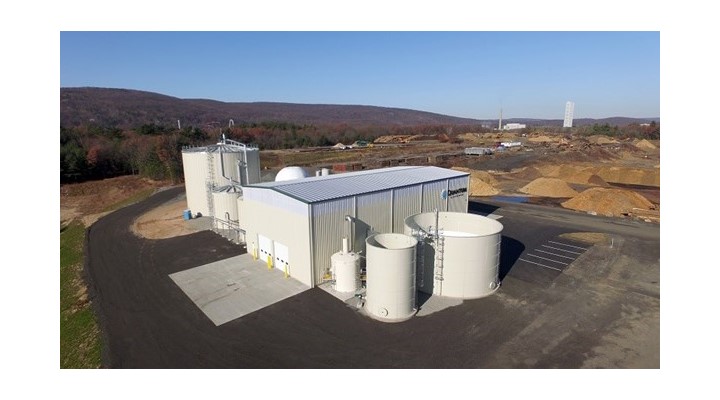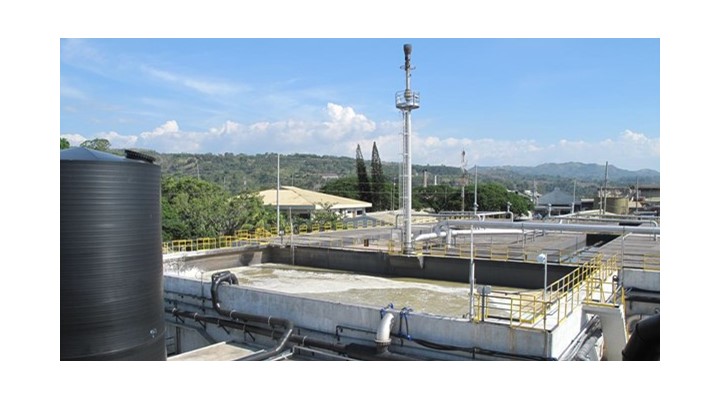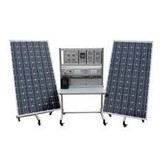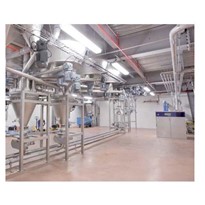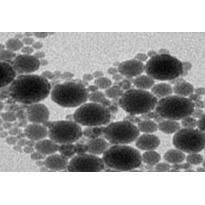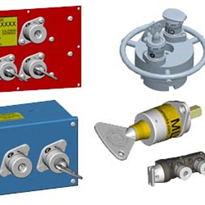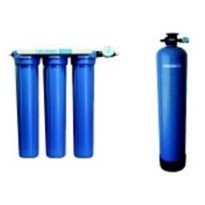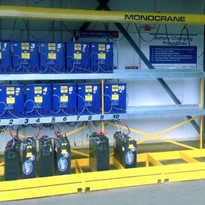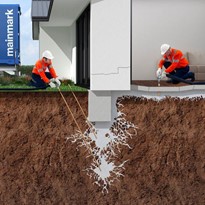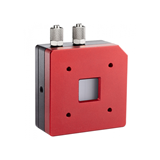The GWE anaerobic digestion technologies - to be featured on Stand S9 - extract biogas from virtually any biological waste stream, including municipal food wastes from restaurants, food service facilities, grocery stores, and municipal solid waste, as well as organic wastes from industrial processing facilities, food and beverage plants and agribusinesses.
The environmentally advanced technologies transform waste organic materials and wastewaters from an environmental liability into a profit centre, says CST Wastewater Solutions Managing Director, Mike Bambridge.
One of the technologies, GWE's RAPTOR™ (which stands for Rapid Transformation of Organic Residues), is a powerful liquid-state anaerobic digestion process that consists of enhanced pre-treatment followed by multi-step biological fermentation.
RAPTOR™ is ideally suited to both industrial and municipal applications in Australasia, with one of its most recent installations demonstrating its potential for similar applications here, says Bambridge, whose company distributes the Global Water Engineering RAPTOR™ technology throughout Australia and New Zealand. RAPTOR™ success stories include:
GWE anaerobic technology success stories
Success story one: An organic-waste-to-energy project in Connecticut USA moved into production late last year, demonstrating financial and environmental benefits achievable locally and globally by converting up to 40,000 tons of organic waste annually into environmentally harmonious green energy and dry bio fertilizer.
The plant also avoids the need to dump the waste into landfill, from where organic wastes can seep into water tables of surrounding urban and rural development.
The Quantum Biopower Plant serving the central Connecticut region incorporates its GWE RAPTOR™ rapid anaerobic digestion system at the heart of its process that harvests mixed organic wastes for conversion into enough biogas (primarily methane) to generate 1.2 MW of electricity and up to 5.6 tons a day of dry bio fertilizer.
Biogas extracted from the refuse replaces fossil and other fuels typically used to generate electricity for the nearby Town of Southington, CT, reducing its environmental footprint and helping the State meet its renewable energy goal of generating 27% of the state's electricity from renewable energy resources by 2020.
The Southington plant's biogas production of more than 420,000Nft3 (about 12,000 Nm3) a day @62.5 per cent methane (CH4 ) is equivalent to 8000kg a day of fuel oil, or more than 3000 tons of the fossil fuel a year, projected to be worth over $A10 million in the plant's first decade of service.
The company responsible for the installation, GW&E (a subsidiary of Global Water Engineering Engineering) has also successfully completed an even larger RAPTOR™ waste-to-energy plant in Canada and is currently completing another in the Caribbean that converts food waste and a form of grass to energy.
As well as profit and environmental benefits, this technology provides consistent and reliable base load power, which is not always possible with alternative green energy technologies, such as wind and solar. Further expansion of the facility to 80,000 tonnes/yr is planned, with the additional biogas to be converted to renewable natural gas and injected into the local gas pipeline network.
GWE anaerobic technologies have been successfully deployed on diverse organic and agribusiness waste streams produced by industries including food and beverage processing, starch and fermentation industry, pulp & paper and many other type of agro-industry. GWE has successfully built and commissioned scores of biogas utilisation plants for clients worldwide over the past 15 years, while CST Wastewater Technology anaerobic digestion installations in in Australia and New Zealand include meat, dairy, fruit processing and brewery production.
The technologies are also suitable for processing biological waste produced by a wide range of specific user types, including universities, grocery chains, restaurants, food transporters, hospitals, sports arenas, large office complexes, commercial buildings and large residential complexes.
"Given the headlines about gas shortages in Australia and rising energy prices throughout Australia and New Zealand, anaerobic digestion technologies such as RAPTOR™ are clearly applicable to many situations here," says Bambridge.
The RAPTOR technology is designed to handle a mixture of wastes, from slurries to solid wastes. GWE also designs and supplies several different technologies designed to perform a similar waste-to-energy function with wastewater. One such project is profiled below.
Success story two: A waste-to-energy project undertaken by the world's largest integrated pineapple operation, Del Monte Philippines Inc. (DMPI), which has exceeded even the high effluent quality targets originally set for the job.
The Global Water Engineering (GWE) wastewater treatment installation at the Cagayan de Oro pineapple canning plant has achieved 93 percent organic pollution (COD) removal in its anaerobic reactors, producing in the process enough green energy (methane rich biogas) to power two 1.4 MW generating electrical power generator units (or gensets)
DMPI – which accounts for about 10 per cent of the world's annual production of processed pineapple products – will benefit from environmentally clean electricity to replace fossil fuels typically used in electrical power plants.
And the waste heat from the gensets is also put to use to heat up steam boiler feed water, which is a further reduction of fossil fuel use in the factory. Given the high prices of electricity form the Grid and the sometimes erratic supply, the plant will achieve rapid ROI payback, says Bambridge.
"Similar energy supply and price issues exist in Australasia, so the technology is highly relevant here," he says. The technology involved in this case study applies not only to pineapple production but also to a wide range of Australian and New Zealand food industries, including livestock and horticultural operations including fruit and vegetables, grain crops and any agribusiness with a biological waste stream.


